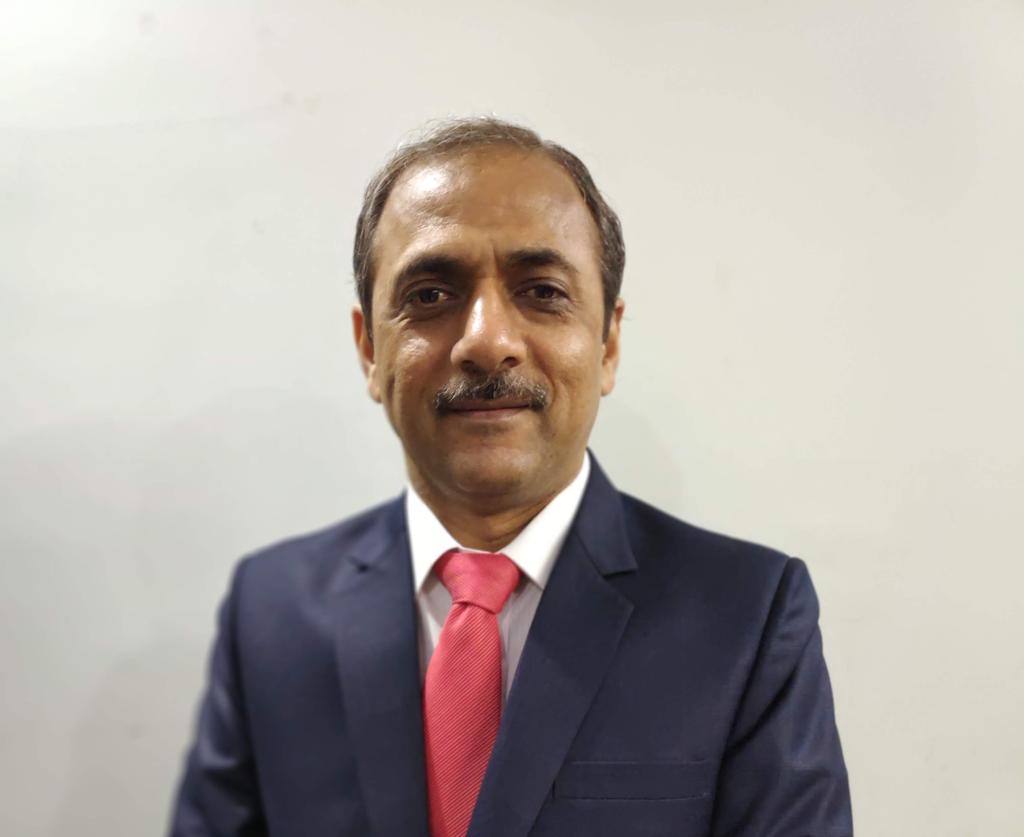 Dr. Ashwani Kumar Ghai
Dr. Ashwani Kumar Ghai
Follow-up regularity in eye-care among disease conscious population in delhi-ncr: a gender-based retrospective study
277 Views Original Article
Abstract---In contemporary society, most females are deprived of proper education, healthcare, job opportunities, etc., to uphold family customs, patriarchal dominance, and occasionally negligence towards the feminine gender. According to researchers, gender inequalities in health care, especially in eye care, are evident between accessing the care and getting treatment in developing countries. Therefore, we aim to measure the gender-wise eye-care follow-up regularity in accessing long-term glaucoma consultation among various age groups with a sample size of 564 in Delhi-NCR, India. The age groups (in years) are 15-29 (Group I), 30-44 (Group II), 45-59 (Group III), 60-74 (Group IV), and 75 and above (Group V). Groups I to V show, intragroup males have higher odds of getting regular eyecare by 20% (OR 1.20, 95% CI 0.413 to 3.4871), 2.08% (OR 1.0208, 95% CI 0.4637 to 2.2472), 3.4% (OR 1.034, 95% CI 0.6369 to 1.6787), 8.46% (OR 1.0846, 95% CI 0.6783 to 1.7344), and 45.83% (OR 1.4583, 95% CI 0.4575 to 4.6484) respectively. The probable causes of gender-wise irregularity are lack of seriousness, financial limitations, dependency, loneliness due to widowhood, etc. To make eye-care services equally accessible to everyone, healthcare agencies should first take various progressive policies to overcome gender-wise socio-economic barriers.
Article Subject Details
Article Keywords Details
Article File
Full Text PDFMore Article by Dr. Ashwani Kumar Ghai
Purpose: to study the outcome of therapeutic keratoplasty in severe microbial keratitis cases otherwise advised evisceration. methods: a retrospective, single-center clinical audit...
Background: dilation of pupil in ophthalmic opd is a routine procedure. whether a sympathomimetic agent like phenylephrine should be used in hypertensive patients is still a questi...